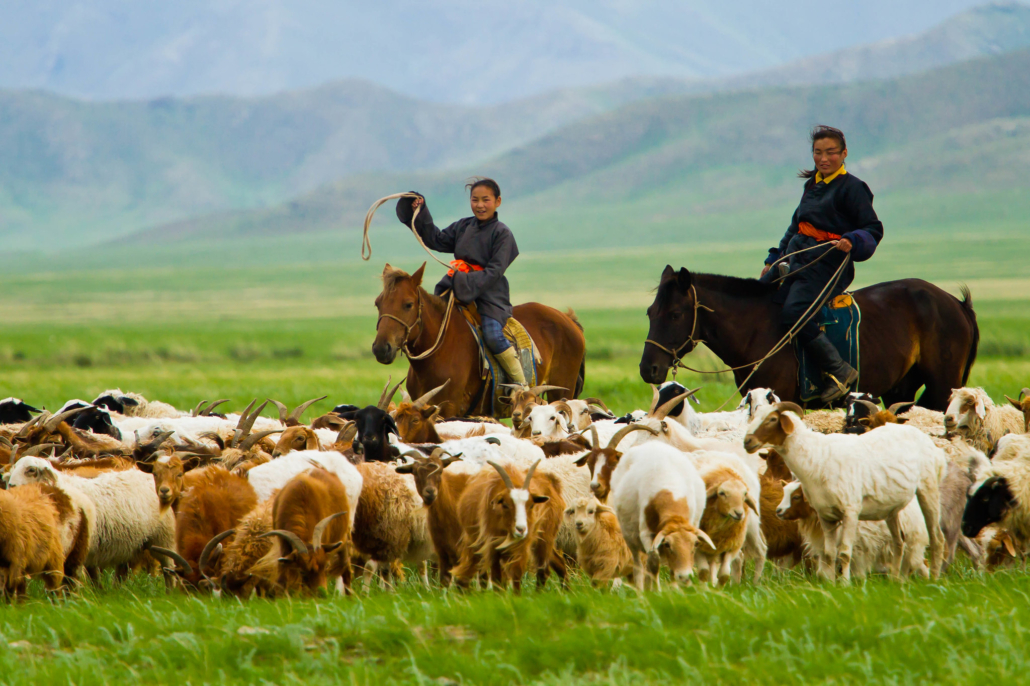Migration in Mongolia: Movement to Urban Slums
 A landlocked country prone to harsh conditions, Mongolia has a relatively small population of around 3 million. Renowned for its agriculture and, in particular, its nomadic herding, statistics collected over the past few years highlight the rapid mobilization of the Mongolian population toward urban centers. Migration toward cities with limited resources in Mongolia has resulted in unemployment and harsh living conditions.
A landlocked country prone to harsh conditions, Mongolia has a relatively small population of around 3 million. Renowned for its agriculture and, in particular, its nomadic herding, statistics collected over the past few years highlight the rapid mobilization of the Mongolian population toward urban centers. Migration toward cities with limited resources in Mongolia has resulted in unemployment and harsh living conditions.
About Migration in Mongolia
An article by Bloomberg vividly portrays a persistent issue within Mongolia. Mass mobilization towards urban centers has resulted in a housing crisis as people search for a better life.
The movement towards cities such as Ulaanbaatar has resulted in ger districts, which are communities of tents. Ger literally means “tent,” and is an older, more traditional style of a yurt. Collections of them form informal settlements around Ulaanbaatar and, of the 380,000 residents of the city, around 170,000 live within ger districts in the hills surrounding the urban center. Of the entire Mongolian population, a staggering one-third live in ger districts. This further demonstrates the importance of addressing the housing crisis due to migration in Mongolia.
The Situation
During the coldest months, residents must endure temperatures that can drop to as low as -20 degrees Celsius. The population is at risk from high pollution levels as fires are lit, and materials like rubber are burned to keep warm.
There is also the practical issue of the disconnect between city and suburb. The lack of access to public transport bars access to employment within the city as the task of commuting becomes nearly impossible for those without private transportation.
Threat to civilian health is imminent, and those living below the poverty line are at the greatest risk. With more people settling in the ger regions, increased exposure to pollution has caused a rise in respiratory problems.
However, people living within these districts continually demonstrate self-determination to make a living and provide for themselves. In recent years, local communities have been providing ‘micro-enterprises,’ such as taxi services and sole trading, to provide jobs outside of the city center.
Familial networks have been vital in bridging the gap between ger districts and Ulaanbaatar as families produce and grow crops that are then transported to relatives in the city who are responsible for selling to larger businesses at a profit.
This cooperation between the urban and rural is transformative and suggestive of a positive future in de-isolating ger districts. Improved roads and accessibility are indicative of the value of the initiative of farmers living within communities and improved job prospects and living conditions.
GerHub
Projects like GerHub are paving the way for solutions to provide ger communities with a more comfortable way of life. For example, the Dulaan Ger initiative is an incredible project that combats poor living conditions. Migration in Mongolia and movement towards cities do not eradicate harsh living conditions such as freezing temperatures. However, this project, which literally translates to “a warm Ger,” is a transformative undertaking that educates community members such as handymen and seamstresses on ger insulation. This not only improves living conditions for communities but also provides additional income.
Other Initiatives
Organizations such as the UNICEF Mongolia Country Office and the UNICEF Office of Innovation have been vital in identifying the risk of pollution to people’s health within these communities. Working with brands such as The North Face and Arcteryx, prototype technology is being developed to prevent harmful gasses from entering through the door, floor and toono (crown) of the ger. These projects demonstrate the potential to alleviate poverty within ger communities through new technology and job opportunities.
– Sophie Butts
Photo: Flickr
